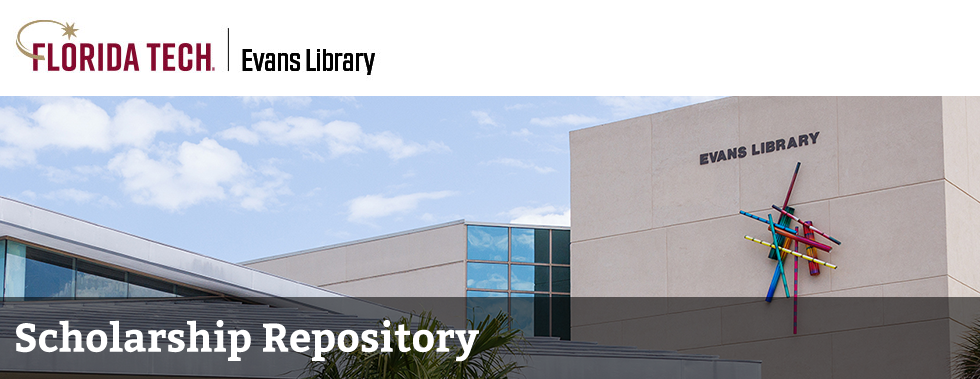Date of Award
6-2019
Document Type
Thesis
Degree Name
Master of Science (MS)
Department
Biomedical and Chemical Engineering and Sciences
First Advisor
Kunal Mitra
Second Advisor
Carlos Martino
Third Advisor
James Brenner
Fourth Advisor
Ted Conway
Abstract
Bioprinting is a technique of creating 3D cell laden structures by accurately dispensing biomaterial to form complex synthetic tissue. Bioprinting is a process of additive manufacturing where the cell functionality and viability is preserved within the printed structure. Bioprinting is a promising alternative to produce physiologically relevant 3D structures that mimic the native tissue. However, fabrication of complex structures with vascularization has been a major challenge in bioprinting. To overcome this challenge sacrificial printing in combination with fugitive inks has been explored to create vascularize structures. The objective of this study is to fabricate hollow channels within the bioprinted structure for vascularization using sacrificial printing. The study explores optimization of alginate-gelatin hydrogel blends of different ratios to investigate the optimal alginate-gelatin mixture for bioprinting of perfusable constructs. Mechanical properties of different concentrations of alginate-gelatin blends are examined through rheology and compression studies. Printability tests are also performed to identify structural properties and accurate deposition of the alginate-gelatin blend hydrogels. Furthermore, three different vascular architecture models of varying complexities are explored to investigate the effect of architecture and surface geometry on stiffness and cell viability.
Recommended Citation
Kharel, Prabhuti, "Bioprinting of 3D Perfusable Structures Using an Extrusion-Based System" (2019). Theses and Dissertations. 568.
https://repository.fit.edu/etd/568


Comments
Copyright held by author